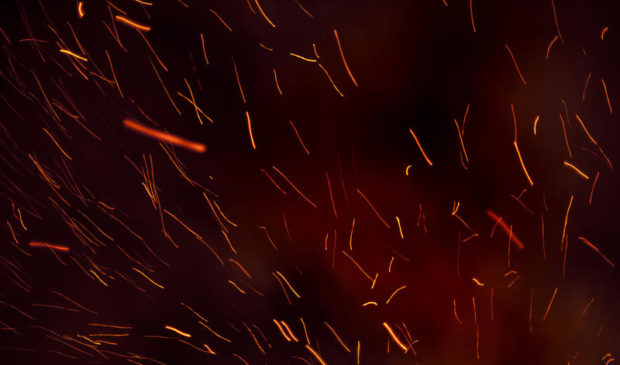Taking cues from audit, Austin continues to shore up its wildfire prevention strategy
Friday, May 28, 2021 by
Elizabeth Pagano Thanks to climate change, Austinites can expect to see more storms, floods and fires in their future. This week, City Council’s Audit and Finance Committee heard what steps the Fire Department has taken to address the threat of wildfires following a 2019 audit.
That audit, which was released in October 2019, found that the city could do more to reduce wildfire risk by collecting fire mitigation data, improving land management practices and adopting a code that would make houses less susceptible to wildfire.
Justice Jones, the city’s wildfire mitigation officer, touted the city’s wildfire hub, which he said reflected collective efforts to address the audit and act on its recommendations.
“We’re real proud of the work that has been integrated into the hub and we encourage everybody to take a look at that, at the resource, because it’s a living document and it’s updated in real time, based on the work that we’re doing in the field,” said Jones. “Much of the focus for the audit was on fuel mitigation and it’s less effective if it’s not coupled with communities and residents taking action to reduce risk on their property. So we are tracking both the efforts to mitigate fuels risk on city of Austin property, and the efforts to engage and empower our residents and the communities adjacent to those areas to take action on their side of the fence.”
Since the audit, he explained, they had treated about 15 percent of the identified Wildland-Urban Interface on city land. Though fuel mitigation has been somewhat put on hold due to the pandemic, Jones said they had used the time to “get strategic” and evaluate the areas that need treatment.
Jones estimated that the city had protected 179 homes this year through fuel mitigation, at a value of $59 million. To date, the program has protected over 1,000 homes at a value of more than $700 million.
“We continue to get a good return on our investment for our fuels mitigation efforts and we are reinforcing those by engaging the communities to do the work as we mentioned on their side of the fence,” he said.
Austin Fire Marshal Tom Vocke told the committee that, in response to the second recommendation on the audit, the 2015 Wildland-Urban Interface code had been implemented, with plans to update to the most current version in 2022. Austin is the largest city in the country to have done so, but the change was not without its complications.
“It’s never good to implement a code in an unprecedented housing boom with an unprecedented lack of materials, so that has definitely been a challenge,” he said, noting that the stalled rewrite of the Land Development Code has also presented a challenge, as parts of the WUI code were to be included in the rewrite.
Nonetheless, implementation of the WUI code has allowed inspectors out in the field to work with developers and builders to build with fire safety in mind instead of retrofitting existing structures, a change that Vocke said the department was really excited about.
In addition to these efforts, the city’s Parks and Recreation Department has begun creating a land management team that will look at wildfire risk in about 75 percent of the city’s parks, or those most at risk for fire. They will also create a team to work on prescribed burns and regulations for implementing burns in parks.
Council Member Alison Alter, who was a driving force behind the initial audit, praised the Fire Department’s efforts over the past few years.
“I think we have made significant progress with respect to the hub and the adoption of the code and made some leaps and bounds in our success and in engaging the departments beyond AFD in exploring how they can contribute to reducing and mitigating wildfire,” she said.
That said, Alter stressed the need to do more as a community to help mitigate fire risk on privately held land. “I’m still struggling with this question of trying to understand whether we are meeting the level of risk sufficiently, given the magnitude,” she said. “We will never eliminate the risk of fire completely …. (But) are we doing enough?”
Jones assured the committee that their preventive strategies had left no stone unturned, though it will take resources and a communitywide effort to succeed.
Photo by gratuit is licensed under a Creative Commons Attribution 3.0 Unported License.
The Austin Monitor’s work is made possible by donations from the community. Though our reporting covers donors from time to time, we are careful to keep business and editorial efforts separate while maintaining transparency. A complete list of donors is available here, and our code of ethics is explained here.
You're a community leader
And we’re honored you look to us for serious, in-depth news. You know a strong community needs local and dedicated watchdog reporting. We’re here for you and that won’t change. Now will you take the powerful next step and support our nonprofit news organization?











